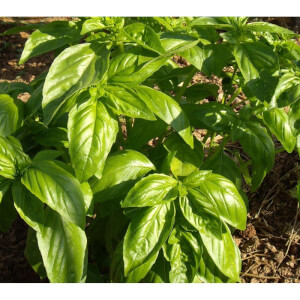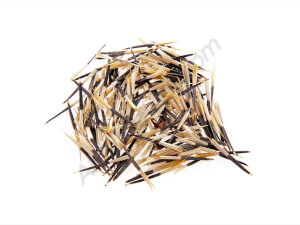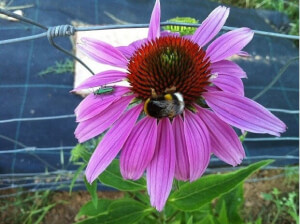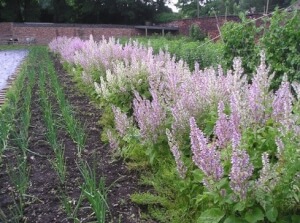Flower and herb seeds: aesthetics and functionality in the garden
Growing flowers and herbs is much more than just an ornamental aspect. These plants play an essential role in the agricultural ecosystem, acting as natural allies to maintain a balanced and productive environment. With them, the garden becomes a space full of life, color, and aromas, while promoting the health of the vegetables.
Benefits of aromatic plants and flowers in the orchard or garden
- Attracting pollinators: Species such as lavender, basil, and marigold attract bees, butterflies, and other beneficial insects, improving the pollination of tomatoes, zucchini, cucumbers, and other vegetables.
- Natural pest control: Flowers such as marigolds help repel soil-borne nematodes, while herbs such as rosemary, mint, and thyme act as natural repellents against harmful insects.
- Refuge plants and predator attractants: Many flowers provide shelter for beneficial insects such as ladybugs and lacewings, which feed on aphids, mites, and other pests.
- Balance and biodiversity: Plant diversity in the garden creates a more resilient and stable environment, reducing the need for chemical treatments and improving ecosystem quality.
In the flower and aromatic seeds category, you will find:
- Aromatic plants such as basil, parsley, cilantro, dill, rosemary, and sage are ideal for cooking and protecting the garden.
- Ornamental and functional flowers such as marigolds, marigolds, nasturtiums, and sunflowers, which provide color, beauty, and agroecological benefits.
- Traditional spices that, in addition to beautifying, offer beneficial properties for natural health.
Who are these seeds ideal for?
Whether you're a gardening enthusiast, an urban gardener, or an organic farmer, flower and herb seeds are a key tool for improving your crops. In addition to beautifying balconies, gardens, and orchards, these plants work silently to protect and enrich the environment.
What benefits do flowers and herbs bring to the garden?
They attract pollinators, help control pests, promote biodiversity, and add beauty, color, and aroma to the environment.
Which flowers are best for pest control?
Tagetes, for example, are very effective against soil-borne nematodes, while marigolds and nasturtiums help distract harmful insects from vegetables and attract pollinators.
What aromatic plants should be planted alongside vegetables?
Rosemary, thyme, basil, and mint are excellent companions, but the more diversity, the better.
Can these seeds be used in urban gardens or pots?
Yes, many of these species grow perfectly in pots, planters, or small urban spaces, providing beauty and benefits to crops grown on terraces or balconies.
This category combines the ornamental with the functional, highlighting how flowers and herbs are a practical and natural resource to improve the health of the garden.





























































